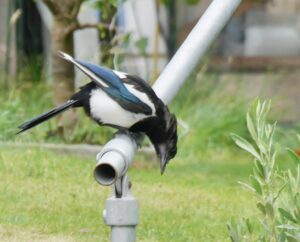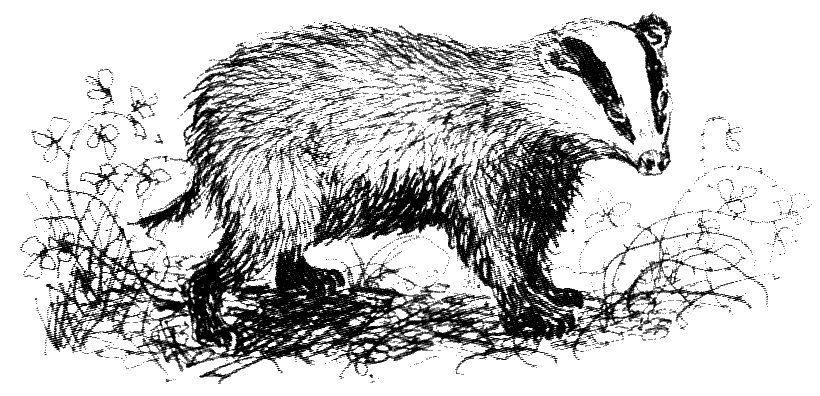Helping hands for seeds.

The Lambir Hills is a national park on the island of Borneo. It is a small park composed largely of mixed dipterocarp forest, with some small areas of 'kerangas' (heath forest). The forest is monitored and biologists previously recorded
- 237 species of birds,
- 64 species of mammals,
- 46 species of reptiles and
- 20 species of frogs
- 1175 different species of tree in the national park.
But now, large mammals (e.g. gibbons and sun bear) are absent or very rare due in part to the small size of the forest but also the impact of illegal hunting. The most recent surveys failed to find many of the park's resident birds and mammals. As a result of the loss of these species, the make up of the forest has changed markedly in the matter of a few decades.
Whilst there are now more trees, with lots of saplings, the variety of trees has declined, particularly of those tree species that rely on animals to disperse their fruits / seeds. The seeds are ingested and pass through the gut of birds and mammals, and finally expelled with a small amount of ‘fertiliser’. The loss of seed dispersers is having a significant effect on the composition / make up of the forest.
There is concern that this sad tale is being played out across the forests and woodlands of Europe. Seed dispersal is essential in maintaining the biodiversity of woodlands and forests. Many European species of plants and trees are dependent on animals / birds for the dispersal of their seeds, and it is known that the numbers of certain animals and bird are in decline. The dispersal of seeds is increasingly important as
- the landscape becomes increasingly fragmented (due to agriculture / roads, urban expansion
- species may need to extend their range as a result of climate change (fires, drought etc).

But which animal / bird disperses which plant seed / fruit? There are thousands of plant species and hundred of different animals that might act as dispersers (even ants). Sara Mendes at the University of Coimbra has started on this mammoth task. She has identified nearly 600 species that have adaptations for animal dispersal (such as flesh fruit), and nearly 400 animals that ‘transport’ such seeds. Some of the dispersers eat more than one type of fruit, so the number of interactions is legion.
However, sadly many of the seed dispersing animals / birds are dwindling in numbers or rated as threatened by the IUCN. For example, the garden warbler (a migratory species) is known to spread the seeds of some sixty different plants but its numbers are in decline. The redwing is another migratory bird, but which is amber listed. Another worrying feature is that many plant have five or fewer animals / birds to disperse their seeds. Unfortunately, in many cases, we do not know which disperser species are important to which plant species, or whether another bird or animal could take on the role.
Dipterocarps : a family (Dipterocarpaceae) of tall, hardwood, tropical trees mainly found in southeastern Asia . They have a 2-winged fruit and are a valuable source of timber, aromatic oils, and resins.
Comments are closed for this post.
